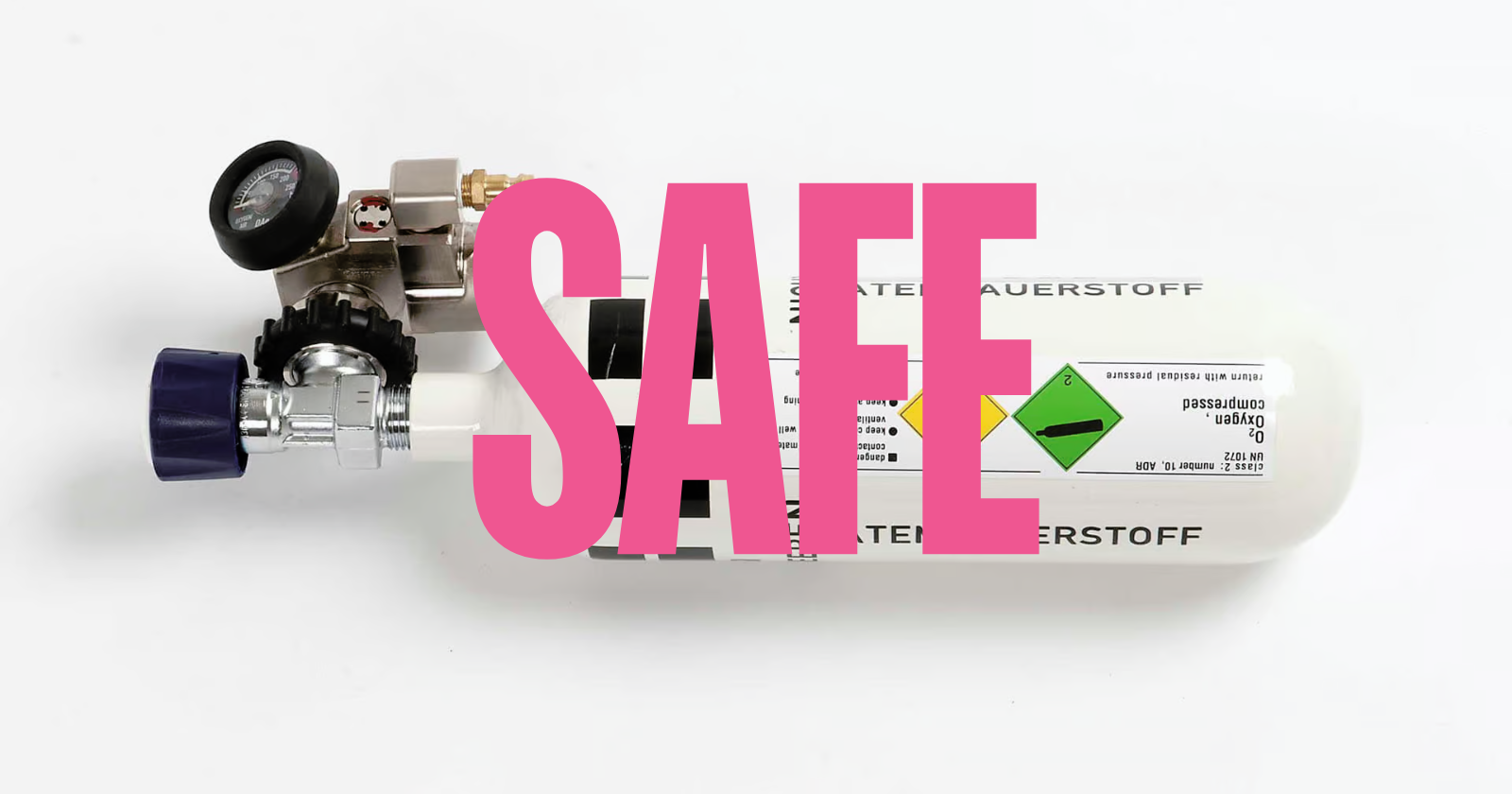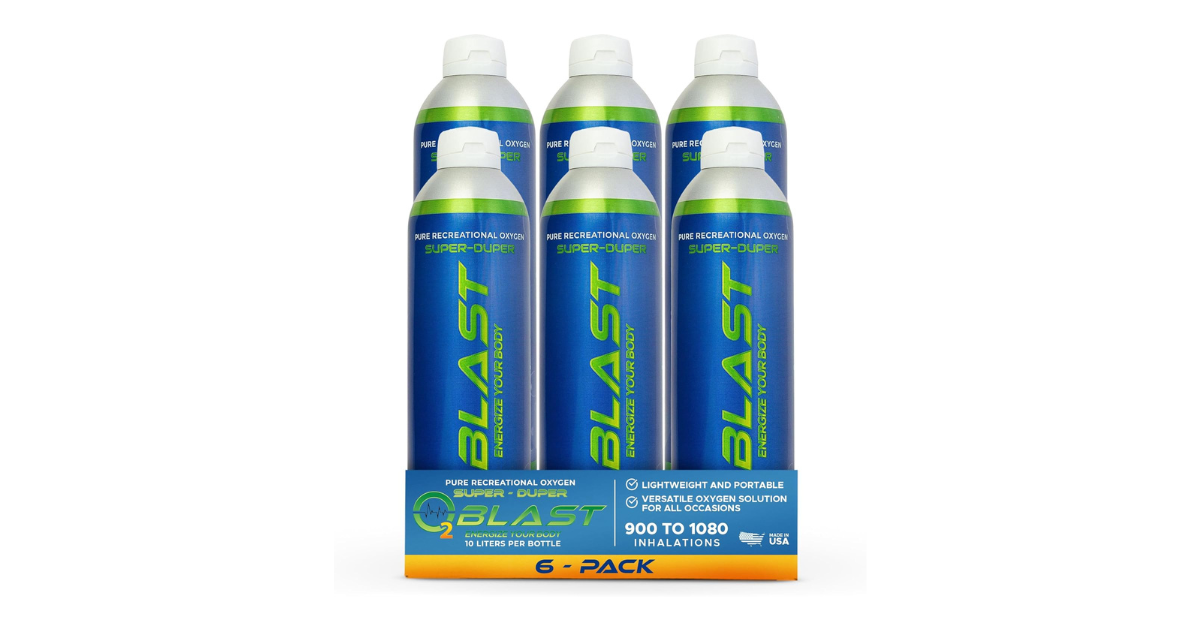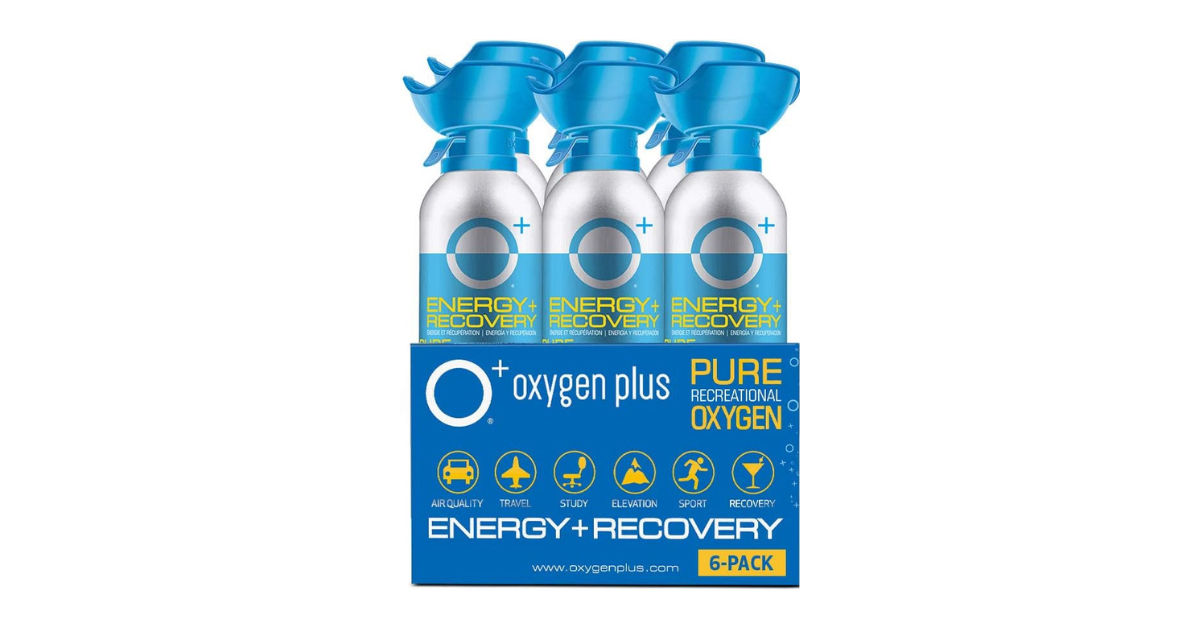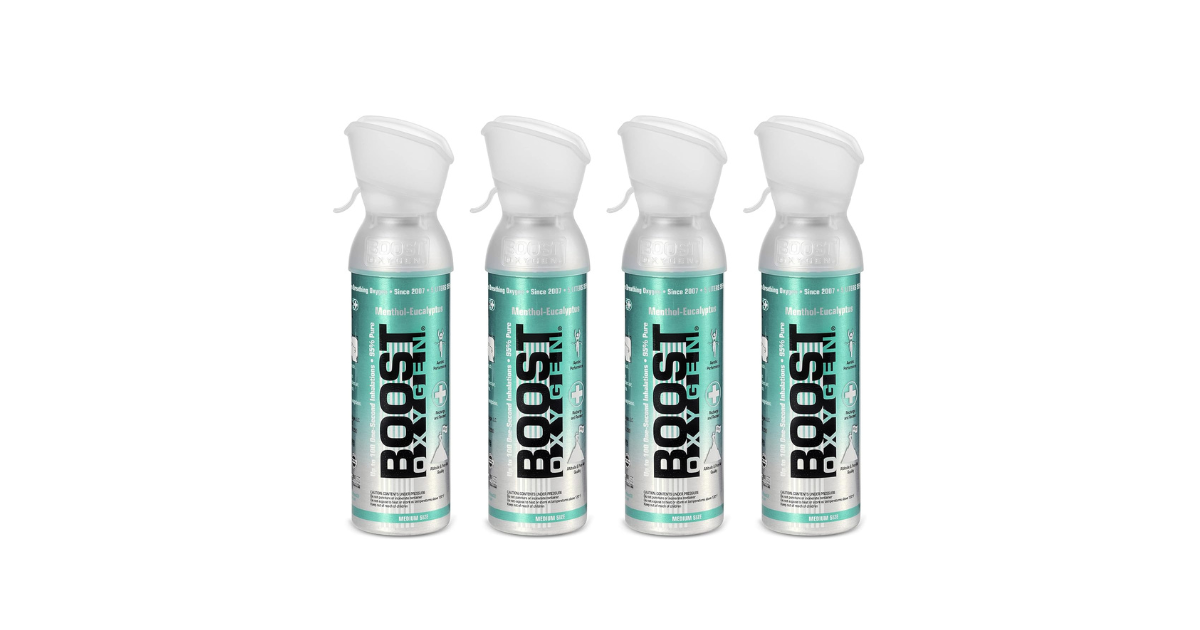Oxygen cans are becoming more popular. People are curious: Are Oxygen Cans Safe? Let’s Evaluate Health Risks and Benefits
Yes, oxygen cans are generally safe when you follow the instructions.
Understanding how and when to use them is key.
They can help athletes, travelers, and people in high altitudes. But it is important to use them properly and buy from trusted brands.
I will explore the safety and benefits of oxygen cans and offer tips on how to use them correctly. If you have concerns, keep reading to find out more.
Are Oxygen Cans Safe? Key Takeaways
- Oxygen cans are generally safe with proper use.
- They can benefit athletes and travelers.
- Buy from trusted brands and follow instructions.

Understanding Oxygen Cans
Oxygen cans boost oxygen levels and improve breathing. They are handy for athletes, hikers, and those needing extra oxygen quickly.
Types and Purposes
There are various types of oxygen cans. Some contain pure oxygen, while others have 95% pure oxygen mixed with a small amount of air.
Oxygen tanks are large and used for medical purposes. Portable oxygen concentrators (POCs) are devices that separate oxygen from the air and deliver it to the user. They’re used by people with respiratory issues.
Athletes often use canned oxygen to recover faster. Hikers might use it at high altitudes where the air is thin. Knowing the different types helps you choose the right one for your needs.
Components and Functionality
Each oxygen can has a few key components. There’s the canister, which holds the oxygen, and the nozzle, which you press to release the gas. A mask or mouthpiece is often included for easy inhalation.
Portable oxygen concentrators are more complex. They have a compressor, sieve beds to filter oxygen and an interface for the user.
Oxygen cans work by releasing the oxygen inside when you press the nozzle. This is different from oxygen tanks and concentrators, which deliver a continuous supply. Understanding how these components work ensures proper usage and safety.

Safety and Regulations
When looking into oxygen cans, it’s important to consider FDA standards, the risks associated with their use, and guidelines for safe usage. Understanding these points ensures that oxygen therapy with such devices is both effective and safe.
FDA Approval and Standards
The FDA oversees the regulation of oxygen devices to ensure safety and effectiveness. Medical-grade oxygen must meet strict purity standards. However, not all oxygen cans on the market are FDA-approved, especially those sold without a prescription.
To avoid potential health risks, it is important to use products that comply with FDA regulations. Always check labels and certifications. Medical-grade oxygen is typically used under the guidance of healthcare professionals.
Risks of Use
Oxygen cans can pose several risks if not used correctly. Increased oxygen levels can cause side effects such as headaches and dizziness. As oxygen is flammable, there’s also the risk of fire. Using oxygen near an open flame or while smoking is very dangerous.
Some products may not deliver oxygen as effectively as prescribed devices, leading to inadequate therapy. Always seek advice from a healthcare professional before starting oxygen therapy with any device.
Safe Use Guidelines
To ensure safety when using oxygen cans, follow these guidelines:
- Only use FDA-approved products.
- Keep oxygen away from open flames and smoking areas.
- Follow the instructions provided with the oxygen can.
- Consult a health care professional before starting use.
Careful adherence to these guidelines can minimize risks and ensure effective oxygen therapy.
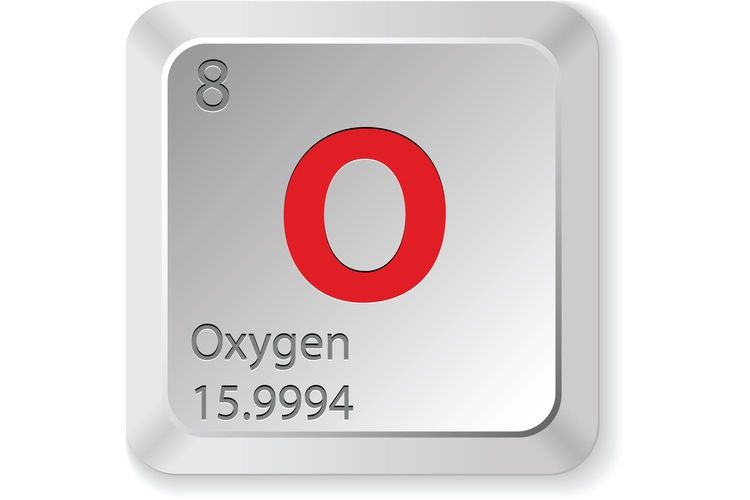
Health and Wellness Implications
Canned oxygen can impact people with medical conditions and those who are healthy but use it for athletic or recreational purposes. There are benefits for specific health issues, potential perks for fitness, and some concerns to be aware of.
Benefits for Medical Conditions
Canned oxygen may help people with COPD, asthma, or other lung diseases. It’s not a substitute for prescribed oxygen therapy but can offer short-term relief. For example, it might ease breathing during a minor asthma attack.
It also helps with altitude sickness. When I travel to high altitudes, my blood oxygen levels drop. Supplemental oxygen can alleviate symptoms like headaches and dizziness. Using pulse oximetry, a device that measures oxygen levels in your blood, can help me track how well it’s working.
Having canned oxygen handy can be a lifesaver in emergencies. This is especially relevant in situations where immediate medical help is not available.
3 Top Oxygen In A Can For You To Try
Athletic and Recreational Use
Athletes sometimes use canned oxygen to improve performance. It can boost energy and cognitive function during intense workouts or competitions. Many claim it helps them recover faster by restoring their oxygen levels more quickly.
For hangovers, some people say canned oxygen reduces symptoms like headaches and nausea. While this use isn’t widely studied, many find relief.
Canned oxygen may benefit those who enjoy high-altitude sports like skiing or mountain climbing. It can help maintain stable oxygen levels, making these activities more enjoyable and safer.
Concerns and Limitations
One concern is that canned oxygen is not a long-term solution for serious medical conditions. It’s essential for me to follow the advice of a healthcare provider instead of relying on it for regular use.
Another issue is the potential overuse by athletes. While it might offer short-term benefits, there isn’t enough research to confirm its effectiveness in long-term use.
There’s also the question of quality. Not all canned oxygen products are the same. Some might contain impurities or offer less oxygen than advertised. Using reliable brands and checking labels for quality assurance is vital.
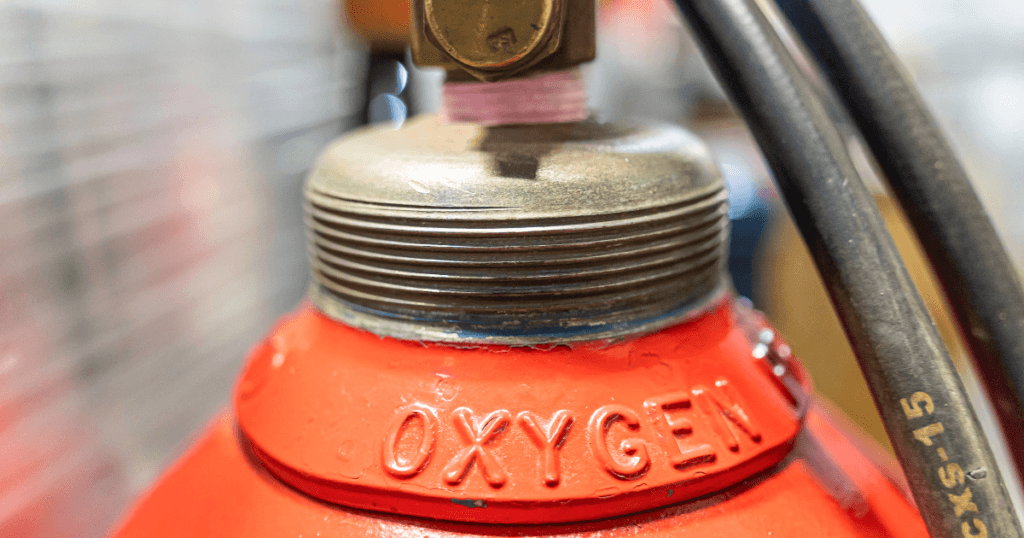
Consumer Considerations
When considering using oxygen cans, picking the right product and knowing where to get it is important. I’ll cover what you should keep in mind when making these choices.
Choosing the Right Product
When choosing an oxygen can, size and weight are crucial. Some cans are large and cumbersome, while others are lightweight and easy to carry. The flow rate is another important factor. It can be a continuous flow or a set amount per use.
Portable oxygen concentrators are also available. These are often more expensive but provide a steady supply of oxygen and typically have longer battery life. I should look at the label to see if the product is for medical purposes or recreational use.
I need to check if the product meets safety standards and has good reviews. Testing by reputable organizations can ensure the product delivers as promised.
Availability and Accessibility
Finding oxygen cans is relatively easy. Major pharmacies like CVS and Walgreens often stock them. I can also buy these products online from places like Amazon, which offers a wide range of choices.
I might find some brands that are available nationwide at various retailers. Many of these products are sold over the counter, so I don’t need a prescription to purchase them.
It’s also beneficial to compare prices across different outlets. Sometimes, buying online can be cheaper, but I should account for shipping times and costs.
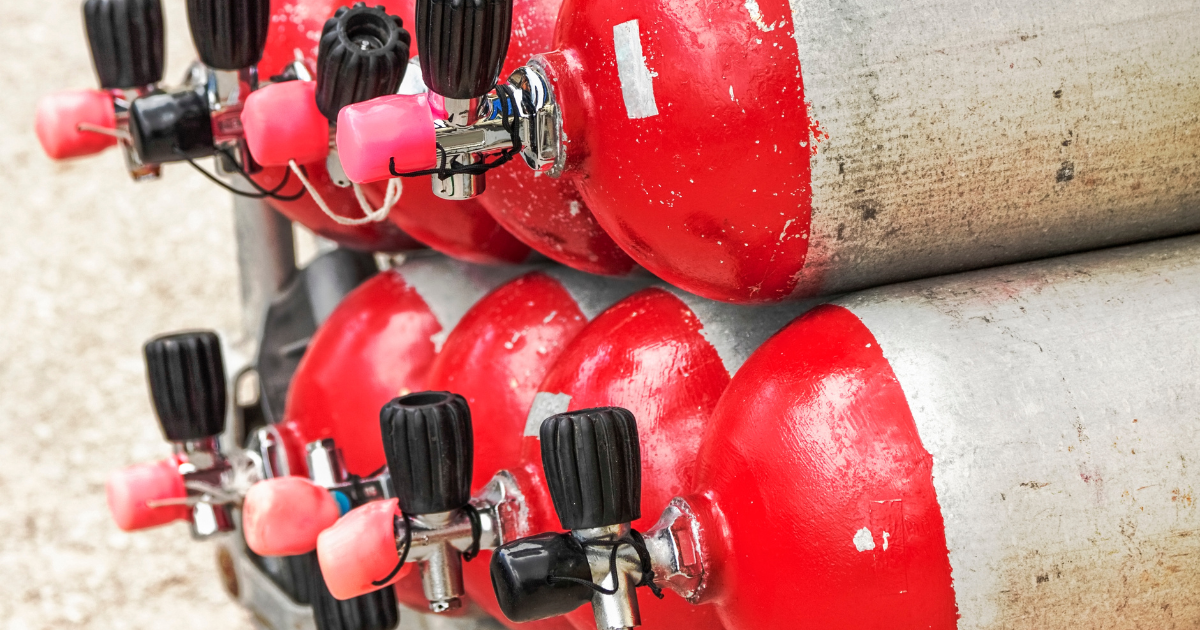
Wrapping Up
I have explored whether oxygen cans are safe or not.
Oxygen cans, often used by athletes and travelers, provide a boost of oxygen. They can help with shortness of breath or fatigue. These cans are portable and easy to use.
Benefits:
- May increase alertness
- It can help with altitude sickness.
- Easy to carry
Potential Risks:
- Possible over-reliance
- Not a substitute for medical treatment
- Costly if used frequently
Frequently Asked Questions
Below are some common questions about the safety and usage of oxygen cans like Boost Oxygen.
What are the potential side effects of using Boost Oxygen?
Using Boost Oxygen generally has minimal side effects. However, some people might experience mild dizziness or a slight headache if they use too much. It’s always important to follow the instructions to avoid any issues.
What are the advantages and drawbacks of using canned oxygen?
One advantage is that it’s portable and easy to use during physical activity or in high altitudes. A drawback someone might notice is the limited amount of oxygen each canister contains, requiring multiple cans for extended use.
